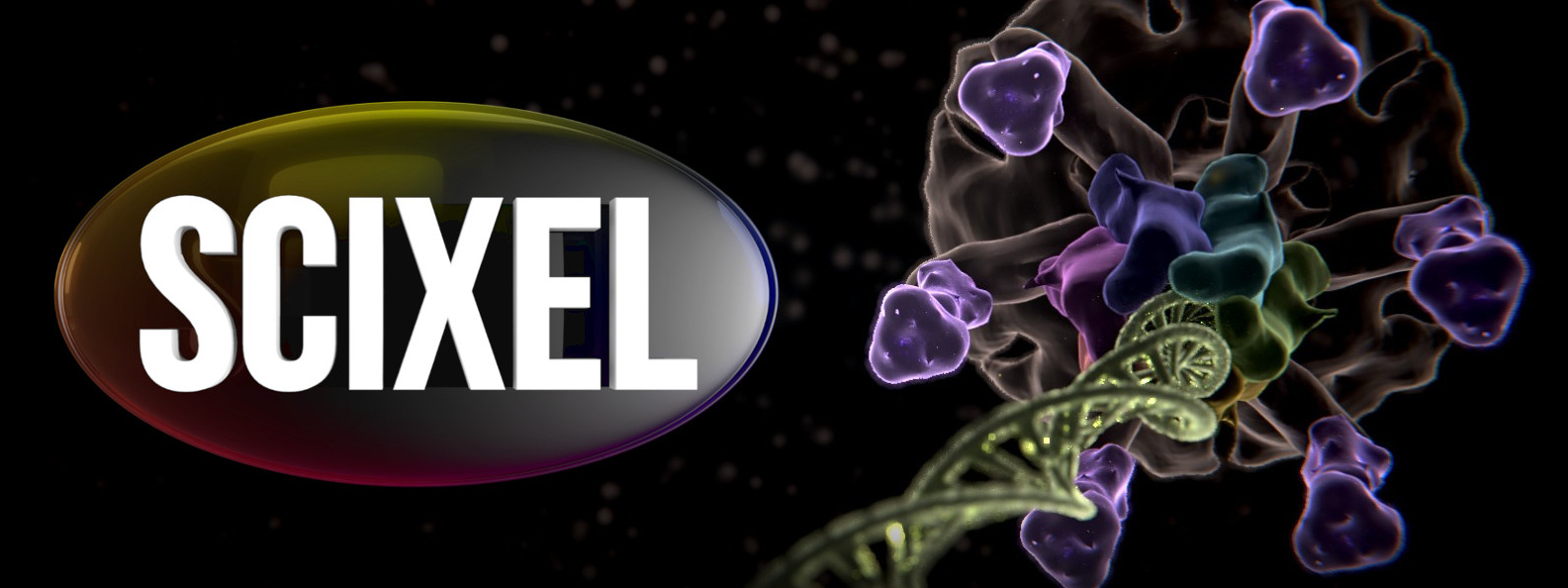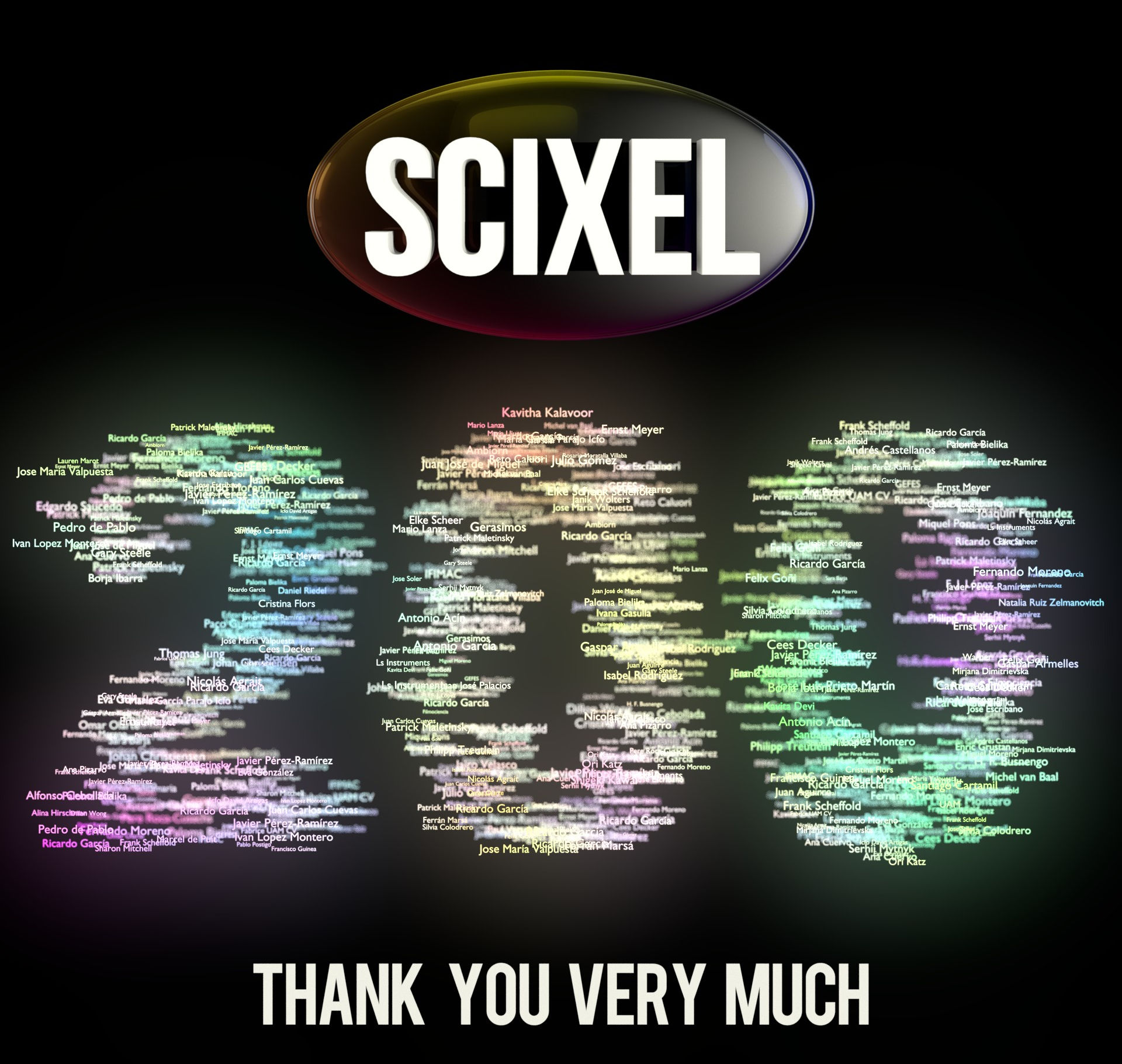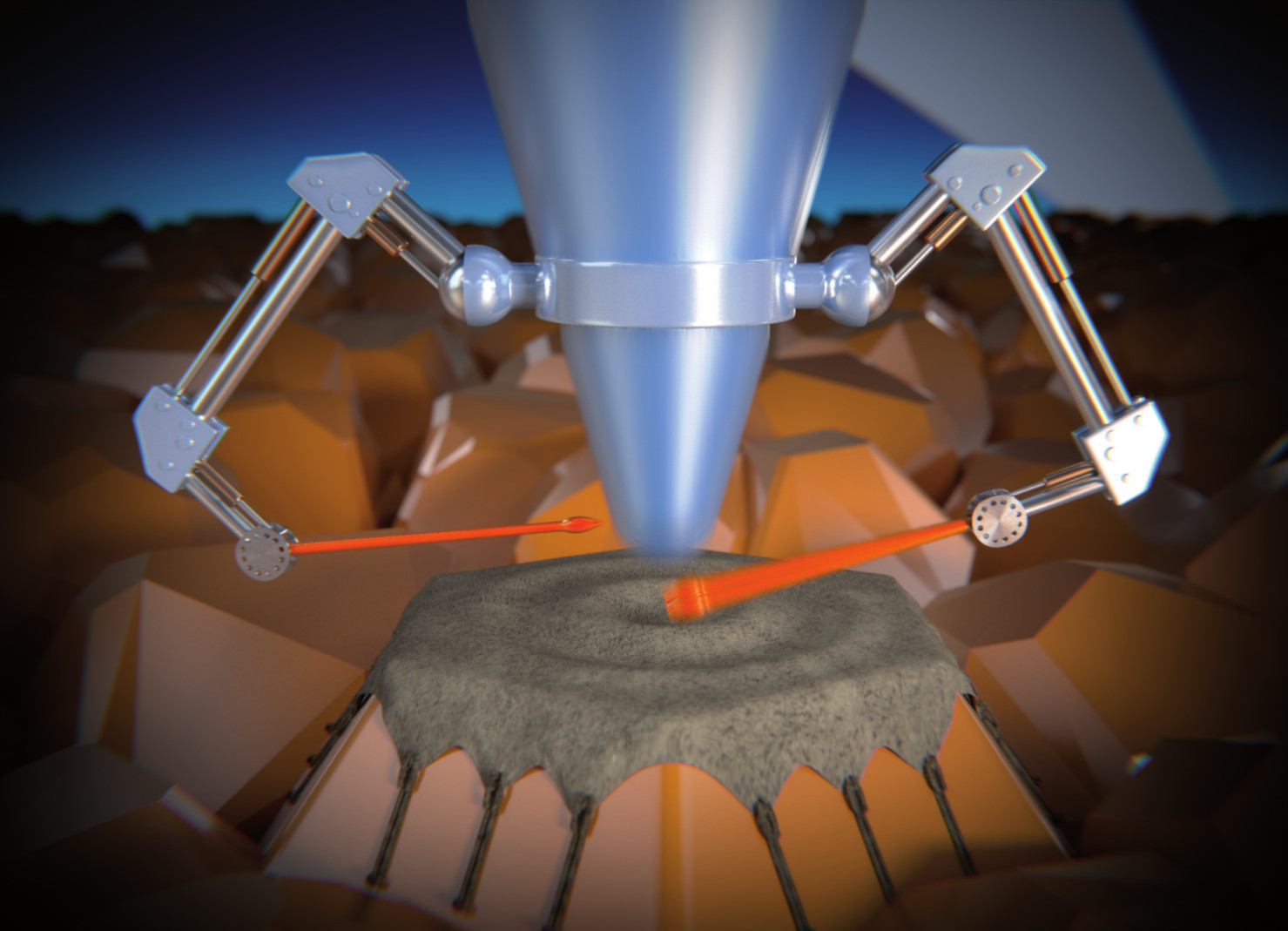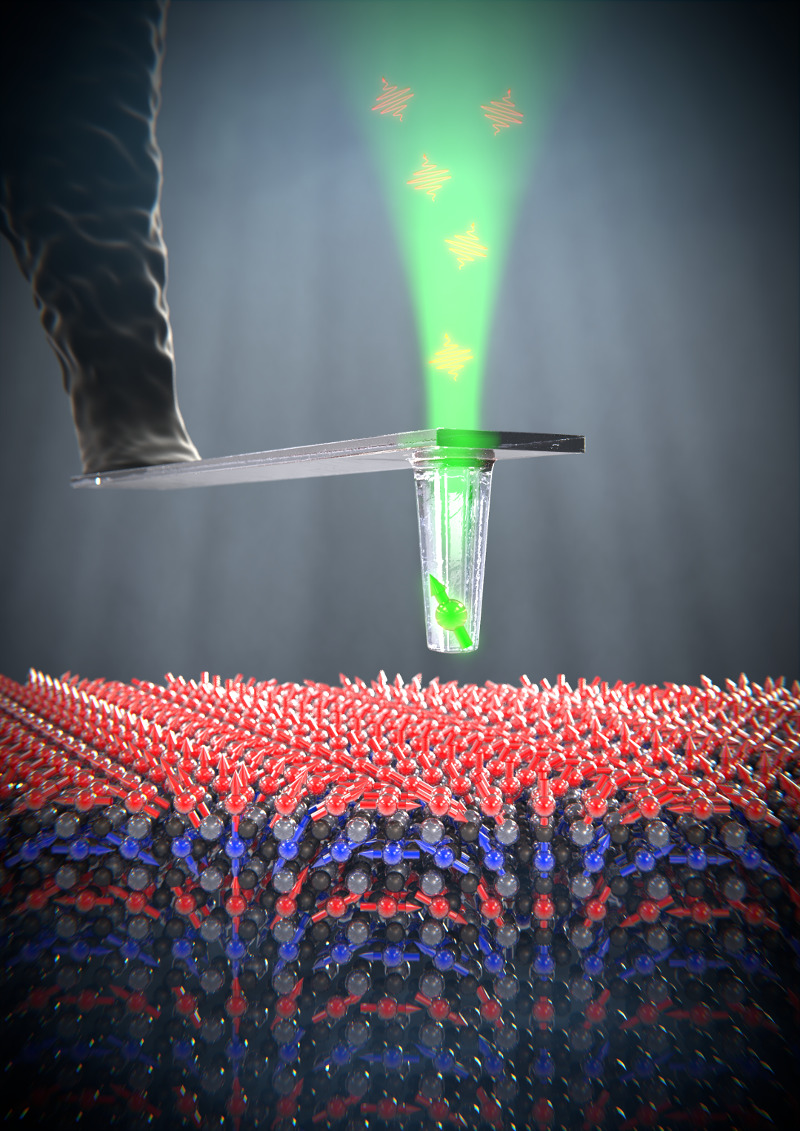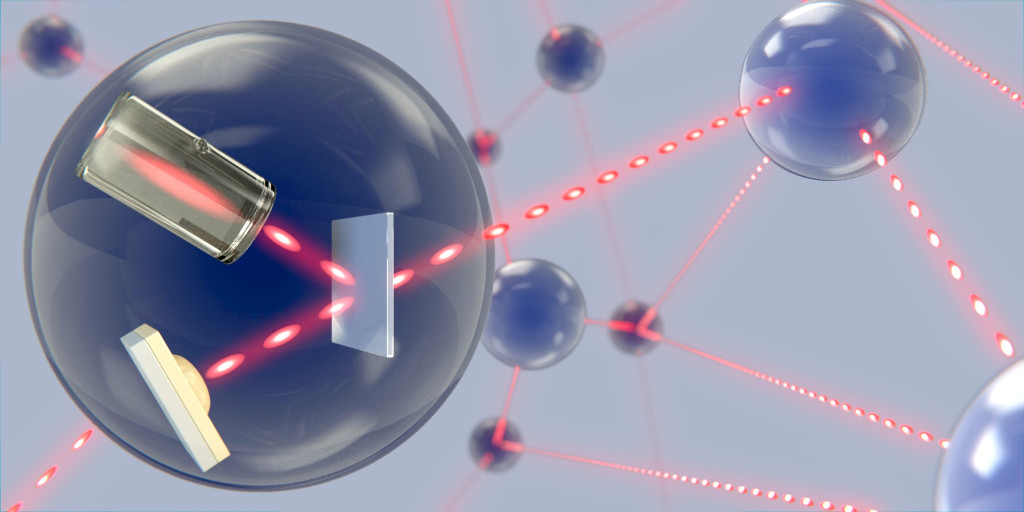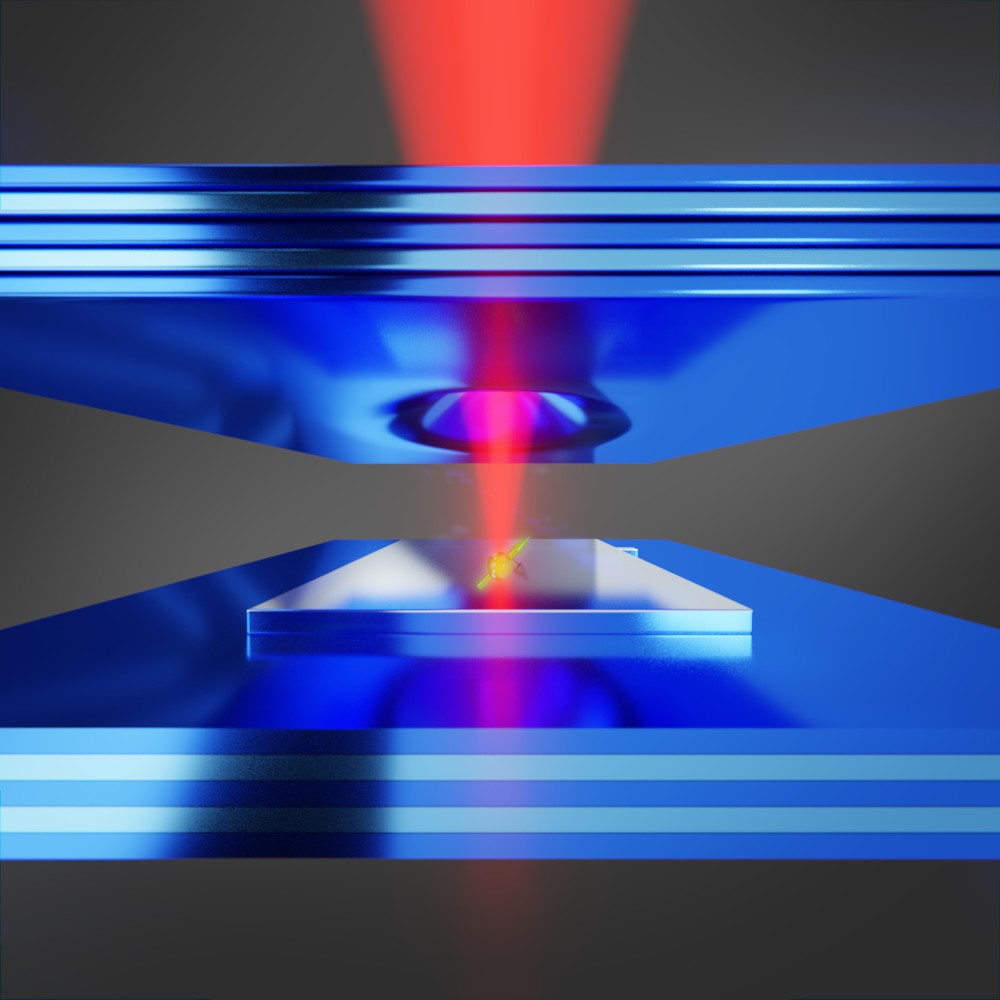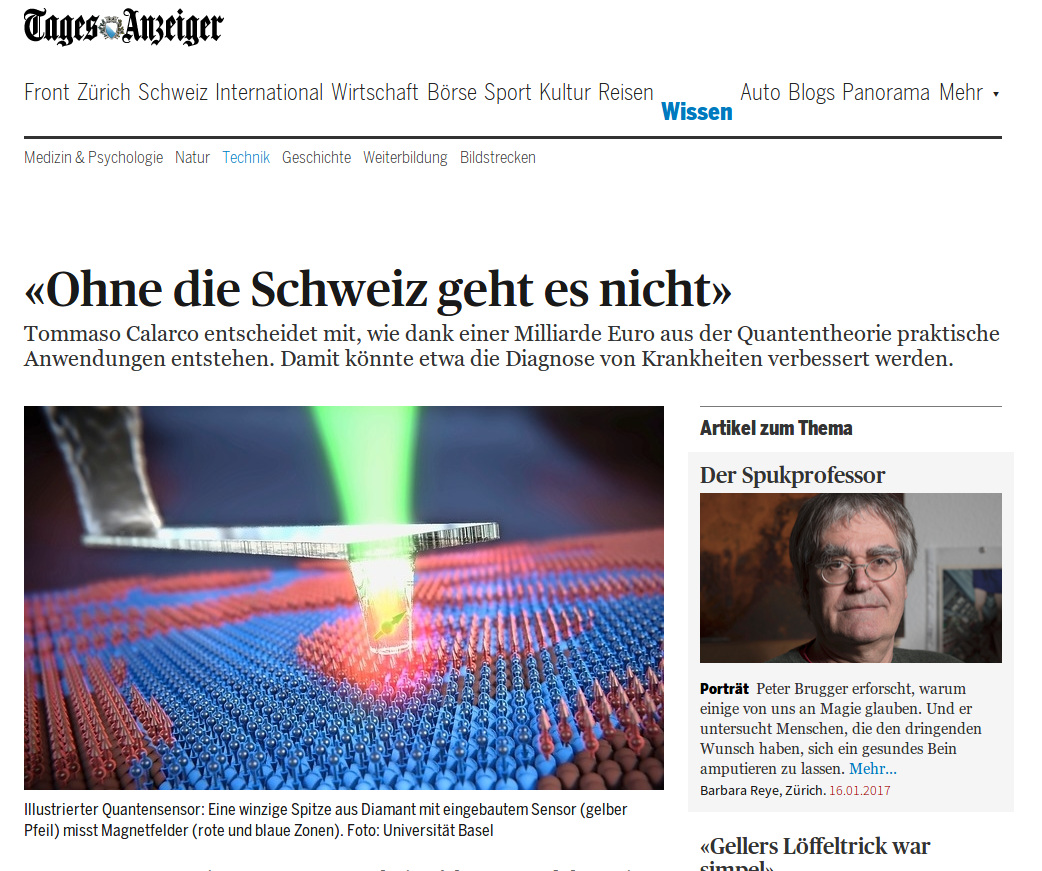I don’t celebrate anniversaries for one simple reason: I don’t want to jinx it. But several facts of some significance have happened altogether. We’ve reached our fifth year, made it to 200 projects and we’ve filled our first 1Tb hard drive… so I thought it would be nice to say thanks to all our clients. So there you have it.
Category Archives: Picture
News on Parkinson
It is reassuring to know that there are people working so we don’t have smallpox or polio. At Rosario Moratalla’s lab they are trying to crack Parkinson’s disease. In one of their latter works, directed by Dr. Patricia García-Sanz and Prof. Rosario Moratalla, they explore how certain mutations in the GBA1 gene, increase the risk of developing Parkinson’s disease.

Actually they show a possible connection between the loss of β-glucocerebrosidase-1 function, cholesterol accumulation, and the disruption of cellular homeostasis in GBA1-PD. This work has appeared in the cover of Movement Disorders Journal.
We made this picture showing the effect of the mutation with the close supervision of Dr. Patricia García-Sanz.
Mapping stress at the nanoscale
Stress is the main cause of failure in mechanical and electronic devices incorporating thin films. At the same time, our knowledge of stress at the nanoscale, happens to be very limited and one of the reasons is that we have no access to the measurement of stress at this tiny scale.
And this is what Celia Polop, Enrique Vasco, Alma P. Perrino and Ricardo García (Universidad Autónoma de Madrid and Material Science Institute of Madrid-CSIC) have solved. They’ve just presented a novel method to map stress on surfaces with a sub 10nm resolution. This method, supported by finite element simulations, has allowed them to map stress on polycrystalline gold films.
We made this image (featured in Nanoscale) illustrating their work, strongly supported by Enrique Vasco and Celia Polop.
Hidden magnetic spirals
At Quantum Sensing Lab (University of Basel) they are real experts at sensing magnetic fields. To prove it, and together with the Swiss Nanoscience Institute, the University of Montpellier and several laboratories from University Paris-Saclay they’ve just reported in Nature the visualization (in real space) of non-collinear antiferromagnetic order in a magnetic thin film at room temperature with nanometer resolution.
In particular, they’ve scanned Bismuth ferrite showing that exhibits a spiral magnetic ordering, with two superimposed electron spins. This might be particularly suitable for data storage devices because these materials magnetic fields can be easily modified using electric fields.
We did this image with the help of Prof. Patrick Maletinsky.
Light memories
Simply put, professors Philipp Treutlein, Richard Warburton et al (University of Basel), had built a memory that stores photons. That’s it. They’ve just proved that it is possible to “write” by storing the photons in an atomic vapor and also to “read” them out, without dramatically changing their quantum state.
If you know something about quantum physics, you’ll understand how amazingly challenging this is. And if you don’t, let’s just say that the event has received some attention…
A quantum photon-based memory is one of the pillars of future quantum network technology. Such a device will bring faster and safer communications. And interestingly, the novel Basel approach is particularly simple, not requiring cooling devices or complex vacuum systems. This research has been published in Physical Review Letters.
Really honored to be contacted by them (again) we did this picture, closely advised both technically and artistically by Dr. Janik Wolters, first author of the paper.
We demand more and better photons!
The development of quantum technologies requires the regular use of weird quantum effects such as quantum entanglement. And the regular use of entanglement requires the use of coherent spins and coherent photons. Maybe the best host of coherent spins are nitrogen vacancy (NV) centers in diamond. However, these NV centers are pretty inefficient at generating single coherent photons: only 3% of the generated emission is usable.
And then doctoral student Daniel Riedel appeared to break the storyline by dramatically increasing the efficiency of the NV centers in a 46%, also doubling the photons emission rate. Riedel et al (Quantum Sensing Lab and Nanophotonics Group, University of Basel) have reached this achievement by placing a tiny high-quality diamond between two mirrors, spaced only a few micrometers. They also prove a 10 years old theoretical prediction… quite some stuff for a single paper… It’s difficult to predict how much impact this achievement will have eventually, but it has surely brought the implementation of quantum systems (as quantum internet) much closer.
Together we made this image to illustrate the device.
Hyperuniform materials: lesson 1
Hyperuniform materials are uniformly disordered (amorphous) materials which posses semiconductors properties. The research team of NCCR Bio-Inspired Materials Principal Investigator Prof. Frank Scheffold and Dr. Luis Salvador Froufe-Pérez at the University of Fribourg have been successful in deciphering and systematically classifying their complete optical characteristics.
We made this picture to illustrate how the optical properties of these materials change with the frequency of light.
“Theory of 2D crystals: graphene and beyond”
2D crystals seem to be here to stay. And it was time to make a review on the essential aspects of graphene and the new families of semiconducting 2D materials. Prof. Francisco Guinea (IMDEA Nanociencia) et al present minimal theoretical models for various materials. And also present some of the exciting new possibilities offered by 2D crystals.
This work deserved the cover of Chemical Society Reviews.
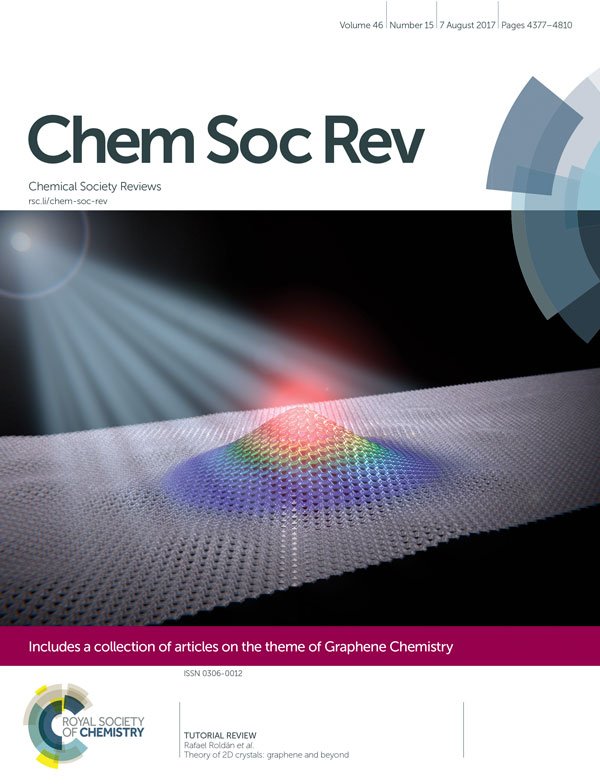
Diamonds are sensor’s best friend
We have been lately working for Prof. Patrick Malekinsky making pictures to illustrate their research. He, together with his group, has been working on innovative microscopies based on quantum sensors in diamond.
This new technology has propelled the creation of a new company, Qnami. Their goal is to package quantum mechanics into a user-friendly interface.
